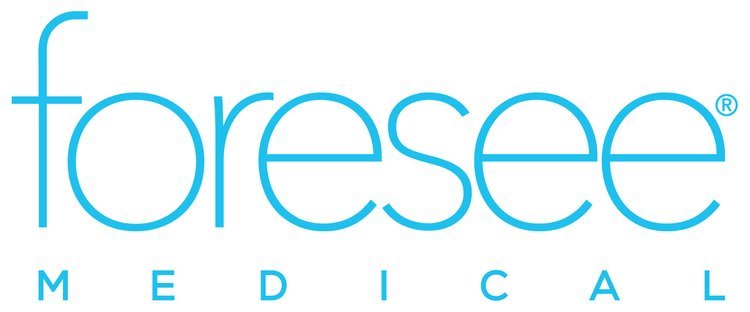What the New Quality Rating Calculations Mean for MA Plans
The Centers for Medicare & Medicaid Services (CMS) recently announced a significant update to the quality rating calculations for Medicare Advantage (MA) plans. This development is poised to have wide-ranging implications for both the plans themselves and the beneficiaries they serve. Let's explore the details of these changes and what they mean for Medicare Advantage plans moving forward.
Understanding Medicare Advantage Quality Ratings
Medicare Advantage plans, also known as Part C, offer an alternative to traditional Medicare by providing Part A and Part B coverage through private insurance companies. These plans often include additional benefits such as vision, dental, and wellness programs. To help beneficiaries make informed decisions, CMS rates these plans on a scale of one to five stars, with five being the highest. The ratings are based on various factors including clinical outcomes, beneficiary satisfaction, and plan performance.
What’s Changing in the Quality Ratings Calculations?
CMS has announced several key changes to the methodology used to calculate these quality ratings. The revisions aim to enhance the accuracy and relevance of the ratings, ensuring they reflect the true performance of the plans more closely. Some of the notable changes include:
Adjustment of Star Ratings Metrics: CMS will adjust the weightings of certain metrics to better align with current healthcare priorities. This includes a greater emphasis on outcomes that matter most to beneficiaries, such as chronic disease management and preventive services.
Incorporation of New Data Sources: The updated calculations will integrate data from additional sources, providing a more comprehensive view of plan performance. This will help capture a wider range of beneficiary experiences and outcomes.
Enhanced Risk Adjustment: To ensure fair comparisons among plans, CMS is refining its risk adjustment methodologies. This will account for differences in the populations served by each plan, such as socio-economic status and health conditions, thereby leveling the playing field.
Focus on Health Equity: The new calculations will place a stronger focus on health equity. CMS aims to identify and address disparities in care quality among different demographic groups, ensuring that all beneficiaries receive high-quality care regardless of their background.
Implications for Medicare Advantage Plans
The revised quality rating calculations will have several implications for Medicare Advantage plans:
Increased Accountability: Plans will be held to higher standards, particularly in areas that impact beneficiary health outcomes and satisfaction. This could drive improvements in care coordination, preventive services, and chronic disease management.
Competitive Pressure: With more accurate and comprehensive ratings, plans will face increased competition. High-performing plans will have a competitive edge, potentially attracting more beneficiaries, while lower-rated plans may need to improve their services to remain viable.
Incentives for Innovation: To achieve higher ratings, plans may invest in innovative approaches to care delivery. This could include leveraging technology for telehealth services, implementing advanced data analytics for population health management, and developing targeted interventions to address social determinants of health.
Impact on Funding: Star ratings directly influence the bonus payments and rebates that plans receive from CMS. Higher-rated plans receive greater financial incentives, which can be used to enhance benefits or reduce premiums for beneficiaries. Therefore, achieving higher ratings will be financially beneficial for plans.
What It Means for Beneficiaries
For beneficiaries, these changes are likely to result in improved access to high-quality care. The enhanced focus on health outcomes, equity, and comprehensive performance metrics means that beneficiaries can rely on the star ratings to make more informed decisions about their healthcare coverage. Additionally, the increased competition among plans may lead to better service offerings, more innovative care solutions, and potentially lower out-of-pocket costs.
Moving Forward
The new quality rating calculations from CMS mark a significant step towards ensuring that Medicare Advantage plans provide high-quality, equitable care to beneficiaries. As plans adapt to these changes, beneficiaries stand to benefit from improved healthcare services and outcomes. For Medicare Advantage plans, the road ahead will require a commitment to continuous improvement, innovation, and a focus on what truly matters to the health and satisfaction of their members.
Stay tuned for further updates as CMS continues to refine and implement these changes, shaping the future landscape of Medicare Advantage.
If your healthcare organization manages Medicare Advantage patients and you’re looking to succeed in the evolution to value-based care delivery models, ForeSee Medical is a specialized software platform for accurate Medicare risk adjustment. Through proprietary clinical algorithms and natural language processing, ForeSee Medical optimizes HCC coding, empowering providers to positively influence health outcomes.
Blog by: The ForeSee Medical Team




